Host range tests with Edhazardia aedis (Microsporida: Culicosporidae) against northern Nearctic mosquitoes.
Autor(es): Andreadis T G
Resumo: Twelve species of northern Nearctic mosquitoes representing five genera (Aedes, Anopheles, Culex, Culiseta, and Psorphora) were bioassayed for susceptibility to Edhazardia aedis, an exotic, heterosporous, microsporidian parasite of the yellow fever mosquito, Aedes aegypti. Infections were achieved in Aedes atropalpus, Aedes triseriatus, and Aedes vexans following oral ingestion of uninucleate spores obtained from patently infected Ae. aegypti larvae. The microsporidium underwent normal vegetative growth and development in each unnatural mosquito host; the only differences observed were in the degree of infection. With the exception of adult oenocytes, the predominant sites of infection in Ae. triseriatus were generally similar to those in Ae. aegypti. These included the gastric caeca and muscle tissue in larvae and fat body tissue in adult females. Binucleate spores, which are normally responsible for ovarian infection and transovarial transmission in Ae. aegypti, were produced in all but one (Ae. atropalpus) susceptible host. However, E. aedis was not transmitted transovarially to larvae of the filial generation by these alternate female hosts thus indicating a high level of specificity for Ae. aegypti. Since E. aedis can not complete its normal life cycle through two successive host generations in alternate host mosquitoes, its potential as a biological control agent would appear to be limited to Ae. aegypti.
Palavras-Chave: Edhazardia aedis; Microsporida; Mosquitoes; Host specificity
Imprenta: Journal of Invertebrate Pathology, v. 64, n. 1, p. 46-51, 1994
Identificador do Objeto Digital: https://doi.org/10.1006/jipa.1994.1067
Descritores: Aedes aegypti - Pathogenesis ; Aedes aegypti - Transmission ; Aedes aegypti - Public health
Data de Publicação: 1994








